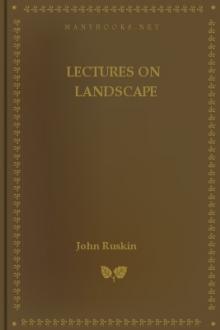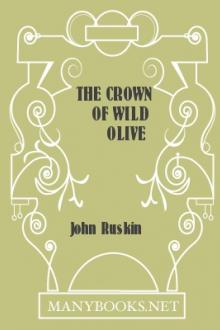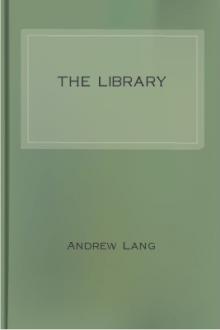Lectures on Landscape by John Ruskin (an ebook reader TXT) 📕

- Author: John Ruskin
- Performer: -
Book online «Lectures on Landscape by John Ruskin (an ebook reader TXT) 📕». Author John Ruskin
is because the finest natures remain young to the death: and for you the first thing you have to do in art (as in life) is to be quiet and firm--quiet, above everything; and modest, with this most essential modesty, that you must like the landscape you are going to draw better than you expect to like your drawing of it, however well it may succeed. If you would not rather have the real thing than your sketch of it, you are not in a right state of mind for sketching at all. If you only think of the scene, "what a nice sketch this will make!" be assured you will never make a nice sketch of it. You may think you have produced a beautiful work; nay, perhaps the public and many fair judges will agree with you; but I tell you positively, there will be no enduring value in what you have thus done. Whereas if you think of the scene, "Ah, if I could only get some shadow or scrawl of this to carry away with me, how glad I should be!"--then whatever you do will be, according to your strength, good and progressive: it m
Free e-book «Lectures on Landscape by John Ruskin (an ebook reader TXT) 📕» - read online now
Similar e-books:





Comments (0)